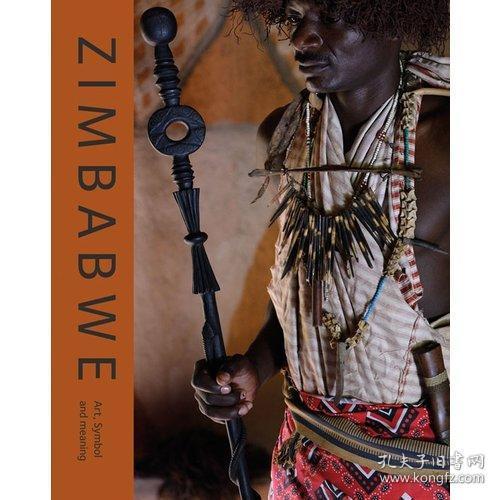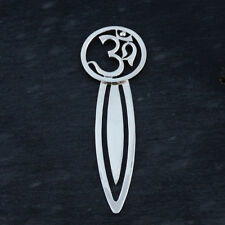
Understanding the Om Symbol: A Comprehensive Guide
The Om symbol, often depicted as a three-part sound, is a significant and multifaceted symbol in various cultures and religions. It is not just a mere representation but holds profound meanings and is deeply revered by many. In this article, we will delve into the various dimensions of the Om symbol, exploring its origins, cultural significance, spiritual interpretations, and its presence in different religions.
Origins of the Om Symbol

The Om symbol has its roots in ancient India, where it is considered to be one of the oldest symbols in Hinduism. It is believed to be the primordial sound from which the universe emerged. The symbol itself is composed of three distinct parts: the A, U, and M sounds. These sounds are not just individual letters but represent different aspects of existence.
| Part | Sound | Meaning |
|---|---|---|
| A | Aum | Creation and manifestation |
| U | Aum | Maintenance and sustenance |
| M | Aum | Destruction and transformation |
These three sounds are interconnected and represent the cyclical nature of existence, encompassing birth, life, and death. The Om symbol is often seen as a representation of the ultimate reality, transcending the physical world and connecting individuals to the divine.
Cultural Significance of the Om Symbol

The Om symbol holds great importance in various cultures and religions, not just in Hinduism. It is widely recognized and revered in Buddhism, Jainism, and Sikhism, among others. In these cultures, the Om symbol is considered to be a source of power, protection, and spiritual enlightenment.
In Hinduism, the Om symbol is often used in rituals, meditation, and yoga practices. It is believed to purify the mind and body, and to bring about inner peace and tranquility. In Buddhism, the Om symbol is associated with the Buddha and is considered to be a sacred sound that can lead to enlightenment. In Sikhism, the Om symbol is part of the Guru Granth Sahib, the sacred scripture of the Sikhs.
Spiritual Interpretations of the Om Symbol

The Om symbol has deep spiritual meanings and interpretations in various religious and spiritual traditions. In Hinduism, it is considered to be the sound of the universe and is believed to be the source of all creation. It is often chanted during meditation and rituals to invoke the divine presence and to connect with the ultimate reality.
In Buddhism, the Om symbol is associated with the Buddha and is believed to have the power to purify the mind and bring about enlightenment. It is often used in mantras and meditation practices to focus the mind and to cultivate inner peace.
In Sikhism, the Om symbol is considered to be the first letter of the Guru Granth Sahib and is believed to represent the infinite and eternal nature of the divine. It is often used in prayers and rituals to invoke the divine presence and to seek spiritual guidance.
The Om Symbol in Modern Times
In today’s world, the Om symbol has gained popularity beyond its religious and spiritual origins. It is often used in various contexts, including yoga, meditation, and even in popular culture. The Om symbol is seen as a symbol of peace, unity, and spiritual awakening.
Many people wear Om jewelry, such as necklaces and bracelets, as a reminder of its spiritual significance. It is also used in artwork, tattoos, and other decorative items. The Om symbol has become a universal symbol of spirituality and is recognized and appreciated by people from all walks of life.
In conclusion, the Om symbol is a multifaceted and deeply significant symbol that holds profound meanings in various cultures and religions. Its origins, cultural significance, spiritual interpretations, and its presence in modern times all contribute to its enduring relevance and appeal. Whether used in religious practices, meditation, or as a symbol of peace and unity, the Om symbol continues to inspire and connect people around the world.




